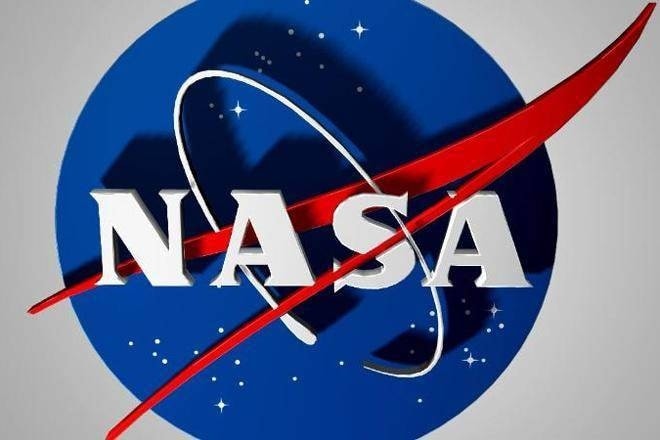In order to protect the solar system from contamination from earth-related substances or to prevent any contamination via returning astronauts, the (NASA) has roped in SETI Institute to aid all phases of planetary protection missions that are now underway or are scheduled for future. The premier space agency has awarded the contract to the California-based institute to ensure proper compliance with all the planetary protection standards.
NASA, in its press release, said that the SETI Institute will collaborate with the Office of Planetary Protection(OPP) to help in technical reviews and recommendations, validation of biological cleanliness on flight projects. Additionally, the institute will also provide training for NASA and its partners along with framing guidelines for implementation of NASA requirements. The institute has also been tasked to make adequate information for the use of stakeholders and the general public.
“The depth of mission experience and breadth of knowledge on the SETI Institute team will help NASA meet the technical challenges of assuring forward and backward planetary protection on the anticipated path of human exploration from the Moon to Mars,” said NASA’s planetary protection officer at NASA Headquarters, Lisa Pratt.
Planetary protection is the process of protection of solar system bodies from Earth’s life contamination and protecting Earth from potential life forms that may be returned from other bodies of the solar system. Planetary protection works in collaboration with Solar System mission planners to ensure that NASA’s strategies and international agreements are upheld as the ultimate goal of the Planetary Protection Mission is to promote the scientific study of chemical evolution and the origins of life in the solar system.
To meet that objective set by NASA for planetary protection missions, the OPP provides responsible solar system exploration by introducing and improving strategies to protect research, exploring ecosystems, and Earth. The principal function of the OPP is to assist in designing sterile (or low biological) spacecraft, developing flight plans that protect planetary bodies of interest, developing plans to protect the Earth from returned extraterrestrial objects, and formulating and applying space policy as it relates to Planetary Protection.

